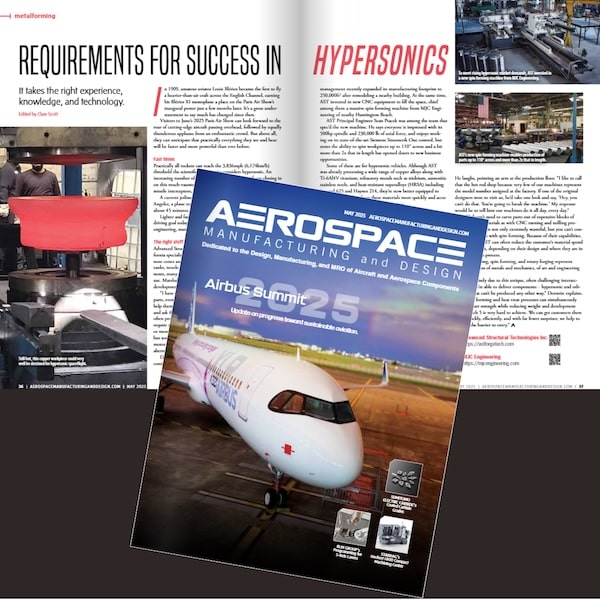In 1909, amateur aviator Louis Blériot became the first to fly a heavier-than-air craft across the English Channel, earning his Blériot XI monoplane a place on the Paris Air Show’s inaugural poster just a few months later. It’s a gross understatement to say much has changed since then. Visitors to June’s 2025 Paris Air Show can look forward to the roar of cutting-edge aircraft passing overhead, followed by equally thunderous applause from an enthusiastic crowd. But above all, they can anticipate that practically everything they see and hear will be faster and more powerful than ever before.
Fast times
Practically all rockets can reach the 3,836mph (6,174km/h) threshold the scientific community considers hypersonic. An increasing number of passenger and military aircraft are closing in on this much-vaunted speed, as well as a host of cruise missiles, missile interceptors, and hypersonic gliders. A current jetliner needs five hours to fly from New York to Los Angeles; a plane traveling at Mach 5 could make the same trip in about 45 minutes. Lighter and faster, yet stronger and more fuel-efficient is the driving goal today, all of which requires a unique mix of advanced engineering, manufacturing technology and, above all, experience.
The right stuff
Advanced Structural Technologies Inc. (AST) of Oxnard, California specializes in spin- and flow-formed components such as nose cones and injector rings, chamber liners, diaphragms, fuel tanks, nozzle liners and extensions, and similar rocket components, many of them destined for supersonic and hypersonic use. Marshall Dormire, the manufacturer’s business and product development senior leader, calls it artful engineering. “I have to remind people that we don’t design any of these parts, even though our customers are constantly challenging us to help them make their designs better,” Dormire says. “They’ll call and ask if we can produce a certain shape, or work with a special, often proprietary alloy, or eliminate seams that would otherwise require welding or mechanical fasteners, thereby combining two or more parts into one. In most cases, we can do all this and more, but sometimes we have to tell them, ‘No, don’t build your rocket motor that way,’ and show them a better, often more cost-effective alternative, one with lighter weight and higher strength.”


